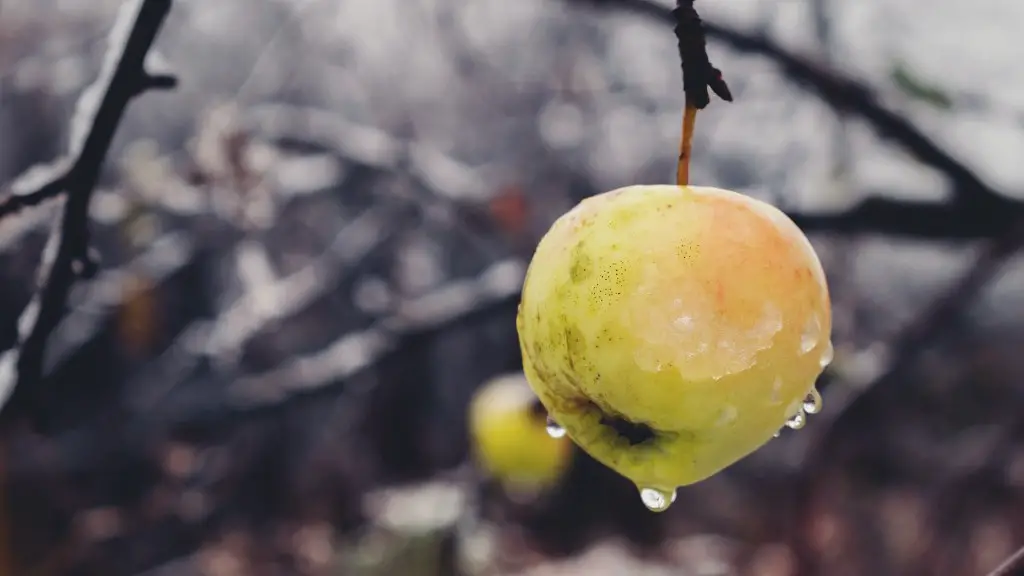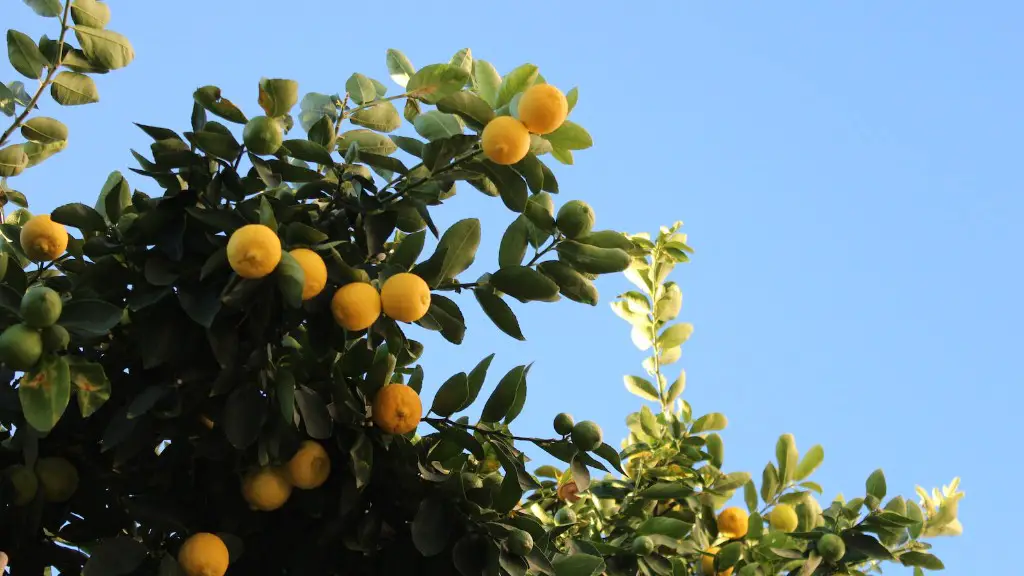Meyer lemons are prized for their sweet, semi-tart flavor, making them a popular choice for baking or juicing. Pruning a meyer lemon tree is essential for its health, as it encourages vigorous growth and produces bigger harvests of the citrus fruit. With regular pruning, a meyer lemon tree will stay small in size, making it possible to grow one in a pot either indoors or outdoors. Here’s how to trim a meyer lemon tree.
First, a basic pruning should be done annually in the early spring. Start by removing any dead or diseased branches. Also, remove any weak or spindly branches, which take away energy from the tree instead of producing fruit. To further shape the tree and promote healthy growth, thin out the foliage by removing any branches that are competing with each other. This will help ensure that the remaining branches are receiving enough light and air circulation.
Next, carefully assess the remaining branches to determine whether any of them need to be removed. Aim to prune back any branches that are blocking light by either cutting the whole branch off or shortening it with the pruning shears. Also, look for crossed or rubbing branches, which should be removed or redirected away from each other. Lastly, if desired, prune the tree into an “open vase” shape by removing any lower, excess growth.
Now, it’s time to get to the finer details of pruning. When edging a meyer lemon, use pruning shears to make angled cuts just above an outward-facing bud, taking care to avoid cutting any of the existing fruit or flowers. Additionally, remove any wild or water shoots and sucker growths, as these will sap energy from the tree, leaving less energy for the fruit.
Finally, thin out the canopy by removing any stems that don’t have leaves on them or are growing at an undesirable angle. Doing so will cause the energy to be distributed more evenly, encouraging strong and healthy growth.
Pruning to Increase Productivity
In addition to basic pruning, it is important to prune a meyer lemon tree in order to increase productivity and promote larger fruit. If there is a large amount of fruit on a branch, try removing a few of them to allow more energy to be directed to the remaining fruit, thereby resulting in larger individual fruits and higher yields.
Furthermore, trim any competing stem tips to prevent the tree from diverting energy to the stem’s growth. Doing so will direct more energy to the fruit and help it to ripen more quickly. Additionally, prune out any branches that have slow-maturing fruit in order to incentivize the tree to focus its energy on the branches with more mature fruit.
Encouraging New Growth
After early spring pruning, a meyer lemon tree may require less frequent trimming. Every few months, take a glance at the tree and prune any wild shoots or branches that detract from the tree’s form. Also, look out for sucker growth, which should be removed if desired. Doing so will give the tree a more even shape and encourage new growth.
It is important to note that for a meyer lemon tree, hard pruning should be avoided as it may cause a delay in its growth. Therefore, careful consideration of the existing tree’s structure should be given before trimming or cutting down any major branches.
Cleaning the Pruning Tools
To prevent the spread of disease, it is important to clean and sanitize the pruning shears in between each cut. Use warm, soapy water and a clean rag, taking care to rinse the blade off after each use. Additionally, experts recommend wiping each blade with rubbing alcohol between each cut.
In addition to sanitizing the pruning shears, ensure that the tree itself is being well taken care of. The best way to do this is to feed the tree a nutrient mix in the form of either pound fertilizer or liquid concentrate. Doing so will encourage healthy growth and better yields of fruit.
Wrapping Up
Regular pruning is an important part of proper meyer lemon tree maintenance. Doing so will help to keep the tree healthy and promote strong growth, which in turn ensures bigger harvests of the sweet, sour fruit. Use the above pruning tips to ensure that the tree reaches its full potential.


